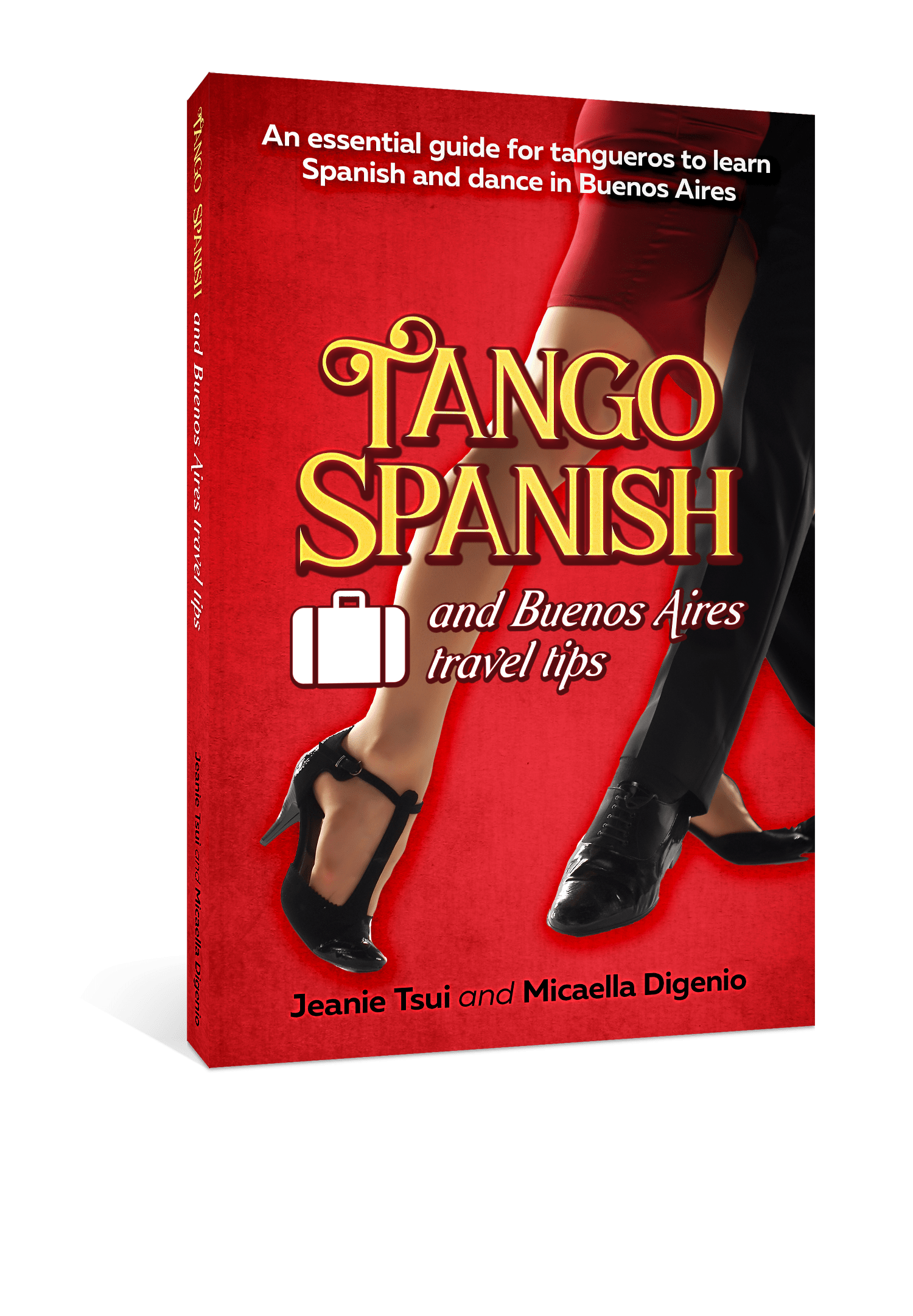We all want to become an advanced tango dancer. Who doesn’t want to dance like the Argentine masters we watch in the festivals and on Youtube? Many of us would spend lots of effort and time in honing our technique and skill, but there’s one element that we often overlook which is crucial for us to become a real tanguero- Spanish.
Tango is a dance originated in Argentina, and with all the expressions, technical terms and lyrics in Spanish, it is impossible for anyone who doesn’t speak the language to fully understand the art.
In this video, Stella Missé, an Argentine tango master, will tell you why it is important to learn Spanish for tango:
There are at least 4 reasons for why learning Spanish is essential during your tango journey:
1. Jump-start your tango learning
I always remember how speaking Spanish helped in my earlier stage of tango: in the first month the teacher taught us how to do “ocho” and “lápiz“. Knowing the 2 Spanish words helped to form vivid images that sticked to my mind-“ocho” is the tracing of a “8” on the floor, and “lápiz” is drawing circles with your free leg imaging it is a pencil.
Later we were taught more complicated terms like enrosque and ocho cortado, and I saw that many other students had great difficulty memorizing them and they would stumble over the pronunciation even after years of dancing.
2. Essential for visiting Buenos Aires
Many devoted dancers would visit Buenos Aires-the mecca of tango, so to experience the tango culture and perfecting their skill. If you are one of them, then you should make sure you have learnt some basic Spanish before going.
Dancers who don’t speak Spanish often experience a lot of daily inconveniences traveling in the city: you would find everything – from directions in public transport to the menus in restaurants- are in Spanish. Most of the group tango classes would also be in Spanish. Even though some teachers may offer some English translation, it would usually be brief and not cover the whole teaching. Many times I would see some fellow students coming to the class eager to learn, but left disappointed because they couldn’t follow the teaching.
3. Connecting to the mood of music
Many non Spanish-speaking dancers would find it easier to dance to instrumental tango because they have difficulty connecting to the emotion of a vocal tango. In fact, dancing to a song which you can’t understand the lyrics can be confusing. Some people may guess the mood of the song from the rhythm, but many times a rhythmical, seemingly lighthearted song may come with sad lyrics. So listening to the music without knowing the meaning of the lyrics may not always give the right judgement.
4. Crucial for interpreting of tango
What makes a performance by a couple of Argentine masters stands out from the others is often not only the technique, but the way how they interpret the song. In order to understand the sentiment of the song, you have to be able to understand the Spanish lyrics and sometimes the history and story behind the song.
This video shows Alejandra Mantinan and Aoniken Quiroga dancing to the song “Tormenta” (Storm). What makes their performance powerful and moving is that they have expressed the emotion of the song wholeheartedly through their movement and facial expression.
https://www.youtube.com/watch?v=LOfMquXfwy4
*“¡Aullando entre relámpagos,
(Howling between the lightnings,)
perdido en la tormenta
(lost in the storm)
de mi noche interminable,
(of my endless night,)
¡Dios! busco tu nombre…
(God! I seek your name …)
No quiero que tu rayo
(I don’t want your lightning)
me enceguezca entre el horror,
(blinding me in the horror,)
porque preciso luz para seguir…
because I need light to go on …
So how could we begin learning Spanish for tango?
One way to start is by taking Tango Spanish Skype classes with Argentine teachers who are tangueras from Buenos Aires. They are experienced in teaching foreign students at all levels and would understand the special needs of tango dancers in learning the language.

Also check out the book “Tango Spanish and Buenos Aires Travel tips” in which you can find a method tailored for tangueros to learn Spanish, as well as tips and useful Spanish phrases for your next tango trip!
*Lyrics and English translation adapted from https://letrasdetango.wordpress.com/2011/06/17/tormenta/

